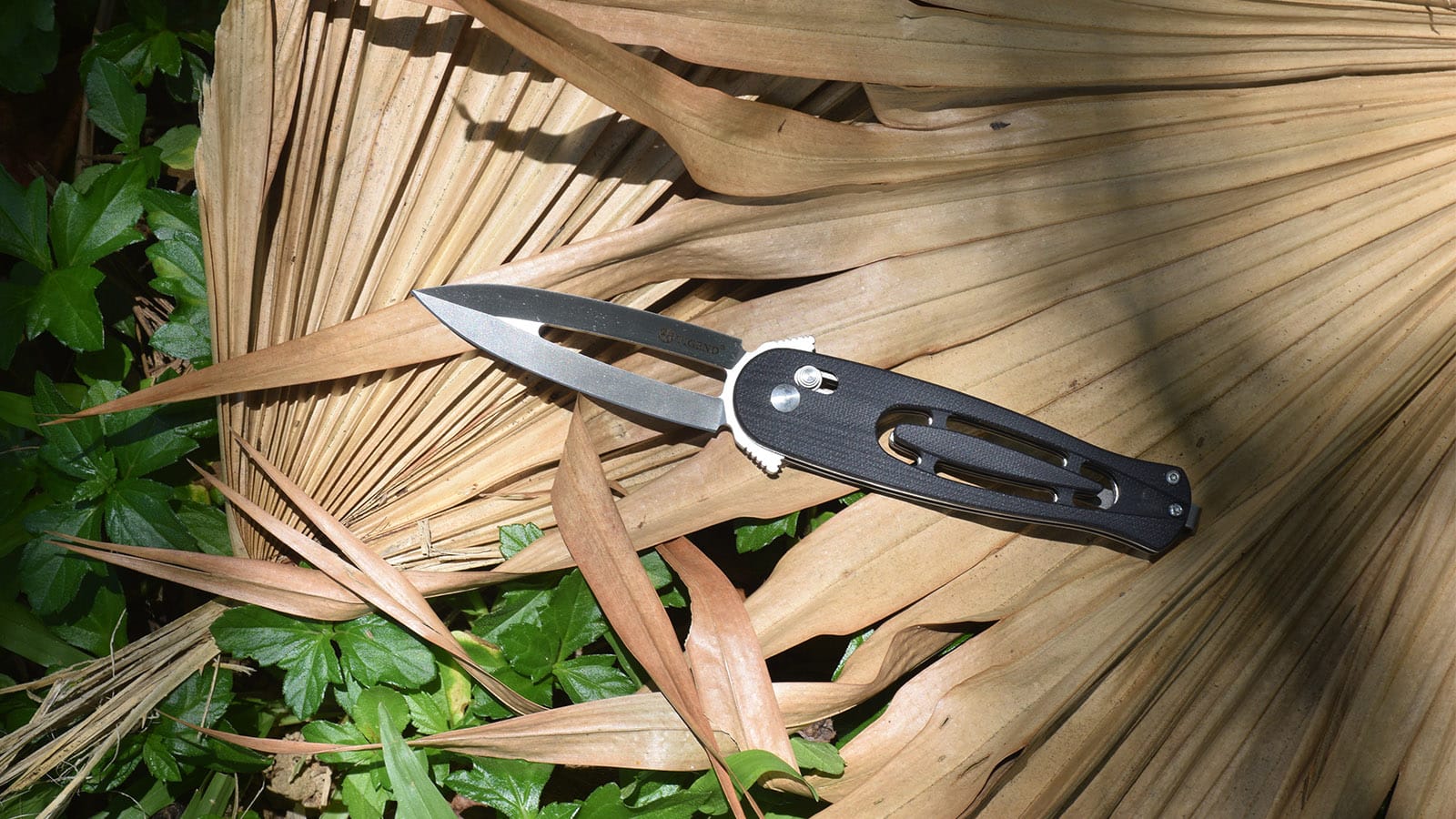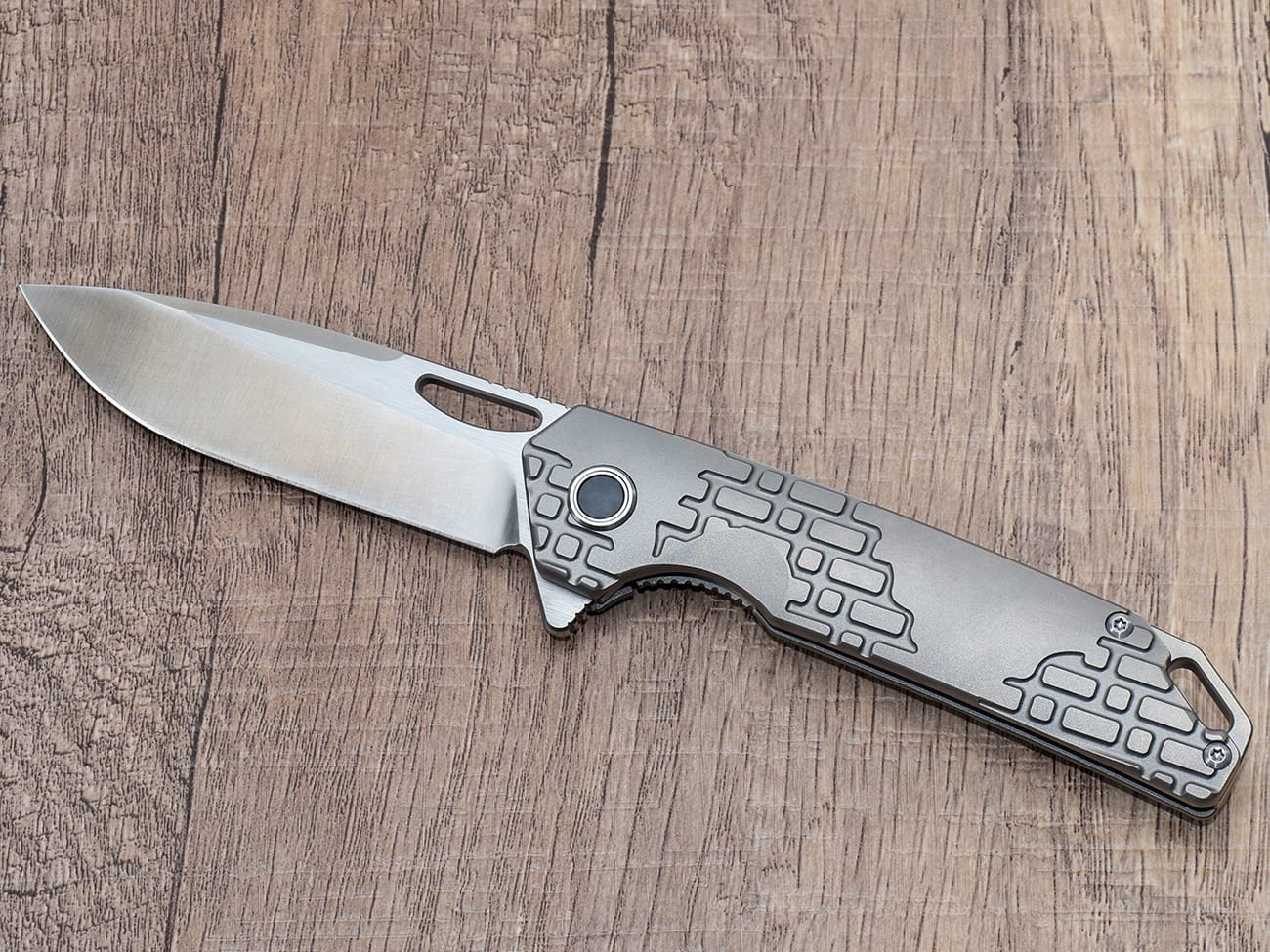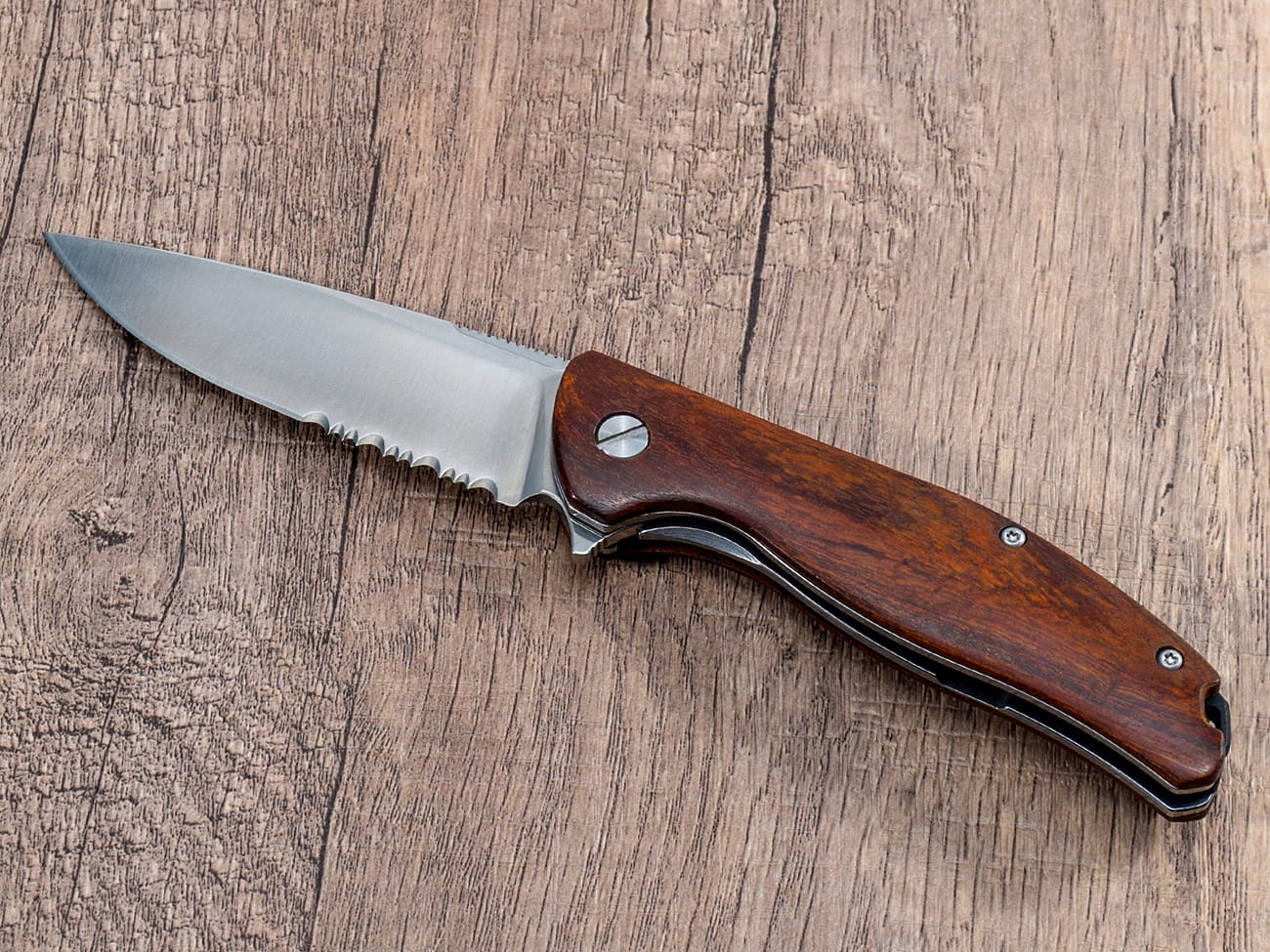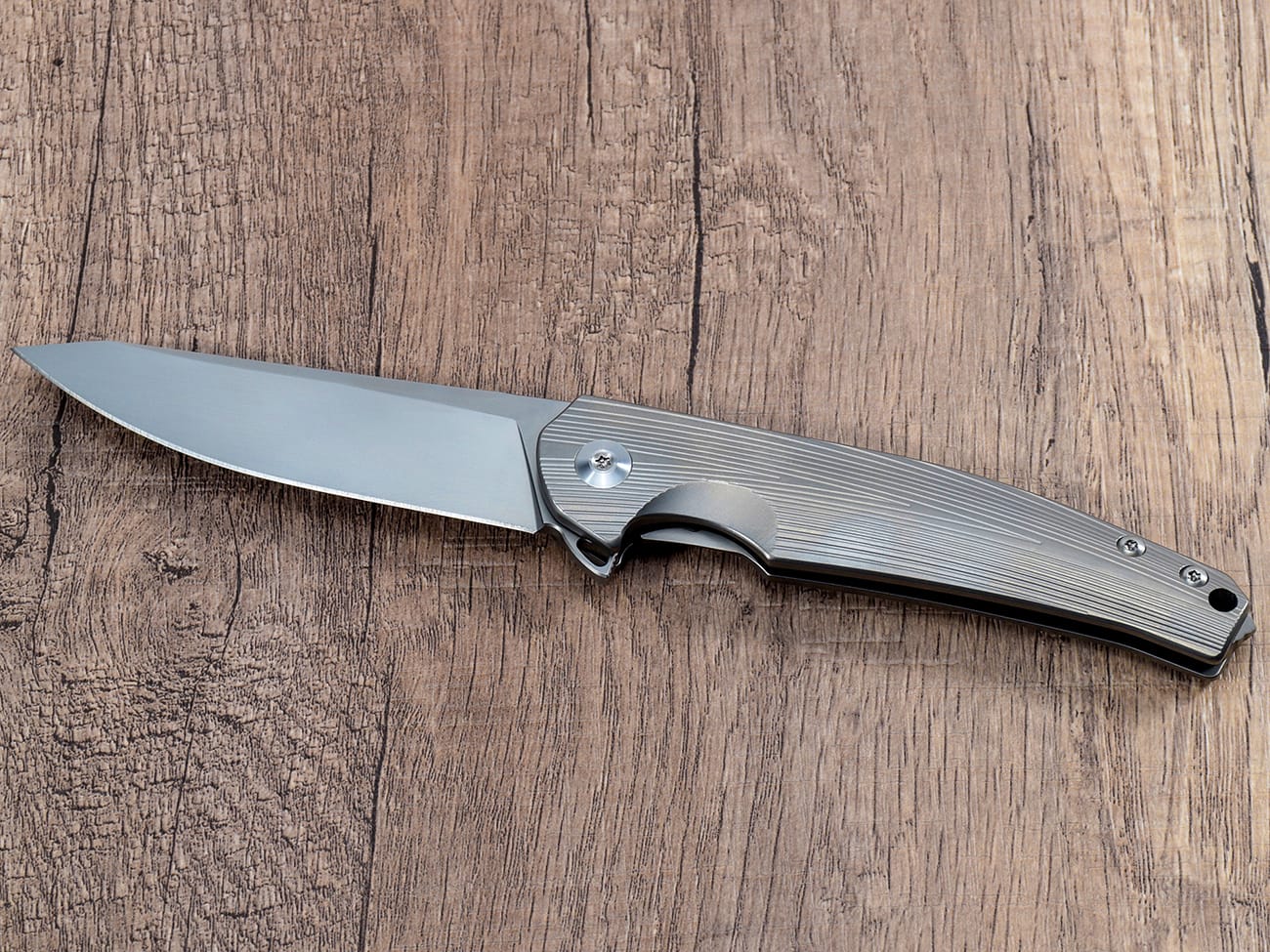Are you struggling with sharpening your knife that has a hole in the middle? Whether you own a custom pocket knife or a standard kitchen blade, maintaining a sharp edge is crucial for optimal performance. This comprehensive guide will walk you through the process of properly sharpening your knife while working around the distinctive hole feature.
What Makes Knives with Holes Different When Sharpening?
When dealing with a knife with a hole in the middle, you need to consider how this design feature affects the sharpening process. The hole, often found in folding knives, can impact your grip and technique during sharpening. Understanding these differences is crucial for achieving a sharp edge without damaging your blade.
Essential Tools for Sharpening Your Knife
Before you start sharpening, gather these essential tools:
- Sharpening stone (various grits)
- Honing rod
- Strop
- Clean cloth
- Water or honing oil
- Angle guide (optional)
How Do You Prepare Your Knife for Sharpening?
Proper preparation is key when sharpening any EDC knife. Clean the blade thoroughly and check for any damage. The hole in the middle actually helps you maintain a better grip during cleaning and inspection.

Custom G10 handle EDC knife with liner lock and pocket clip
What’s the Right Angle for Sharpening?
Finding the correct sharpening angle is crucial for your custom folding knife. Most knives require a 20-degree angle per side. The hole in the blade can actually serve as a reference point to help maintain consistent angles during sharpening.
Step-by-Step Sharpening Process
- Start with a coarse grit stone for dull blades
- Hold the knife at the proper degree angle
- Work your way from heel to tip
- Maintain consistent pressure
- Progress to finer grits
- Finish with polishing
Common Mistakes to Avoid When Sharpening
Several common errors can affect your sharpening results:
- Using too much pressure
- Inconsistent angle maintenance
- Skipping grits
- Not properly preparing the sharpening stone
- Rushing the process
How Do You Test the Sharpness?
After sharpening, test the edge using these methods:
- Paper test
- Tomato test
- Arm hair test (carefully!)
- Visual inspection
Maintaining Your Knife’s Edge
Regular maintenance helps preserve your knife’s sharpness:
- Use a honing rod between sharpenings
- Strop regularly
- Store properly
- Clean after each use
- Avoid cutting on hard surfaces
Advanced Sharpening Techniques
For experienced users, consider these advanced methods:
- Using multiple stone progressions
- Implementing micro-bevels
- Stropping with compounds
- Edge angle modifications
When Should You Seek Professional Sharpening?
Sometimes professional sharpening is the best option:
- Severe damage
- Special blade materials
- Complex grinds
- Lack of confidence in technique
Key Takeaways:
- Always maintain proper angle consistency
- Work slowly and methodically
- Use appropriate pressure
- Progress through grits properly
- Test sharpness carefully
- Regular maintenance prevents dulling
- Consider the hole when gripping
- Use quality sharpening tools
Remember, sharpening a knife with a hole requires attention to detail and patience. With practice, you’ll develop the skills to maintain a razor-sharp edge on any blade.




